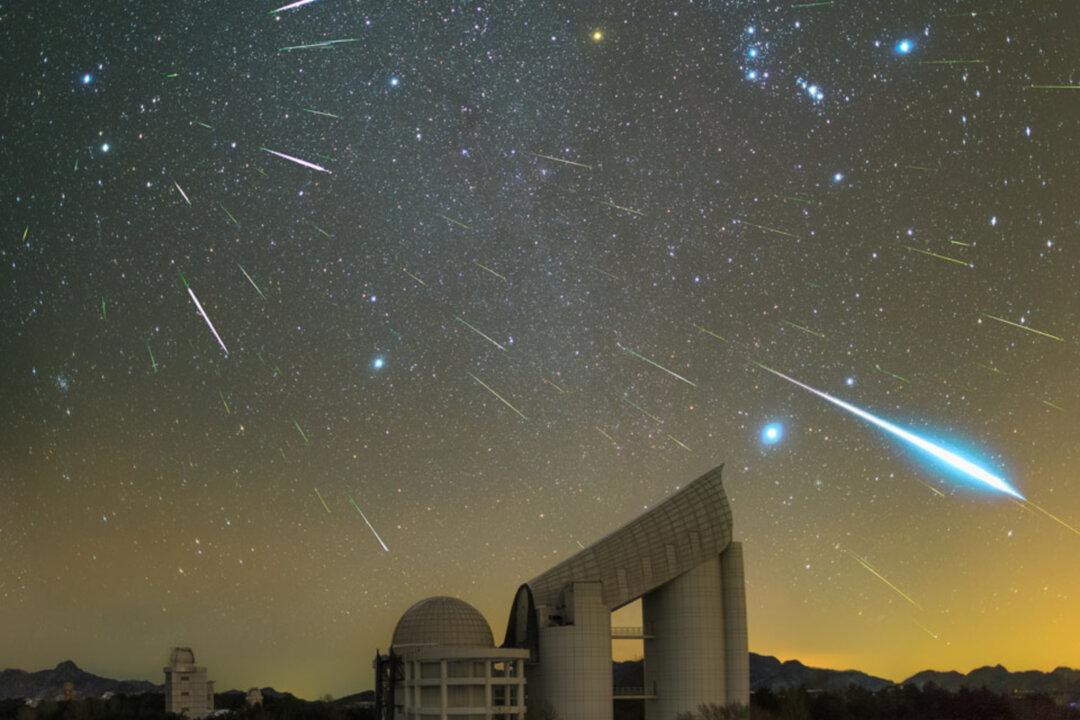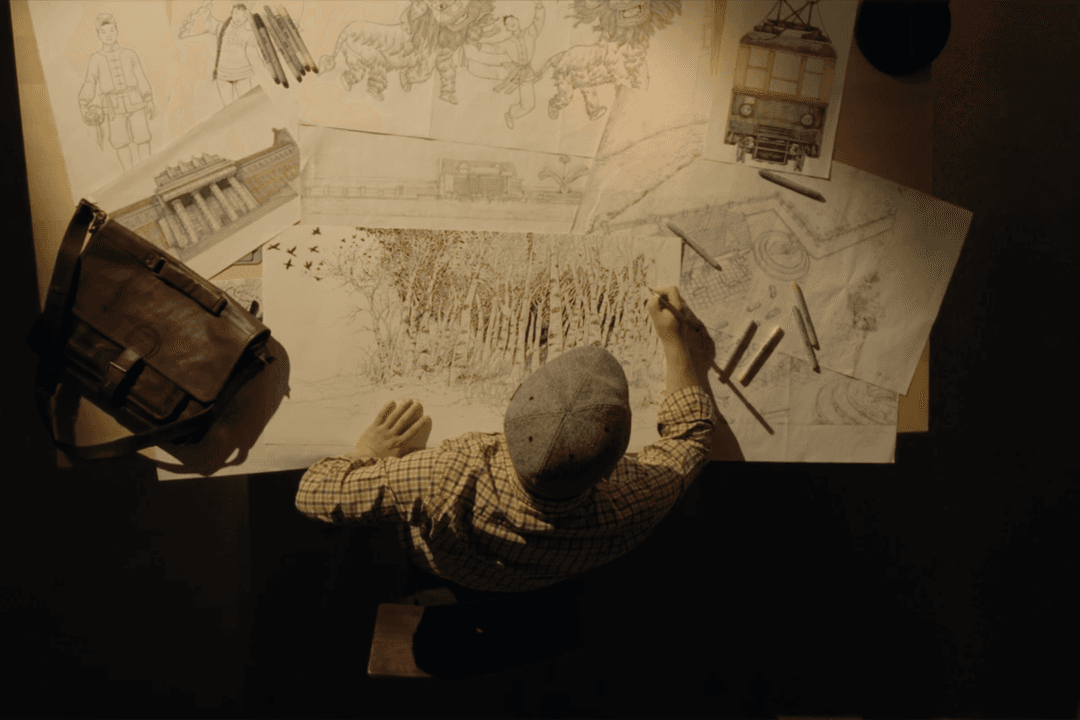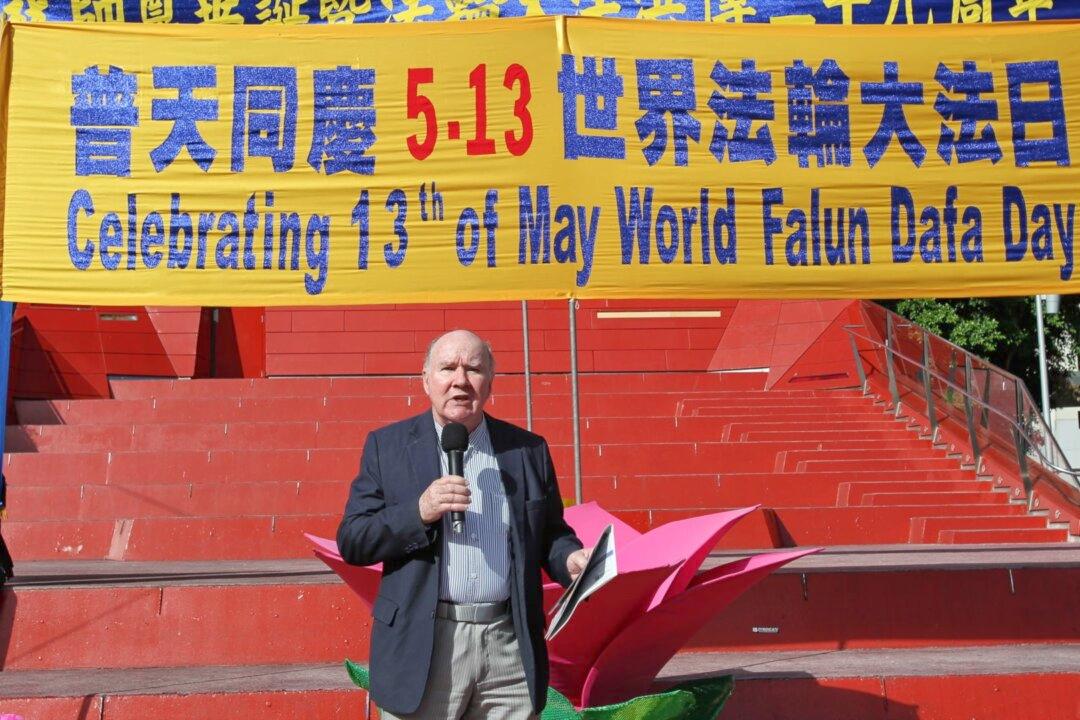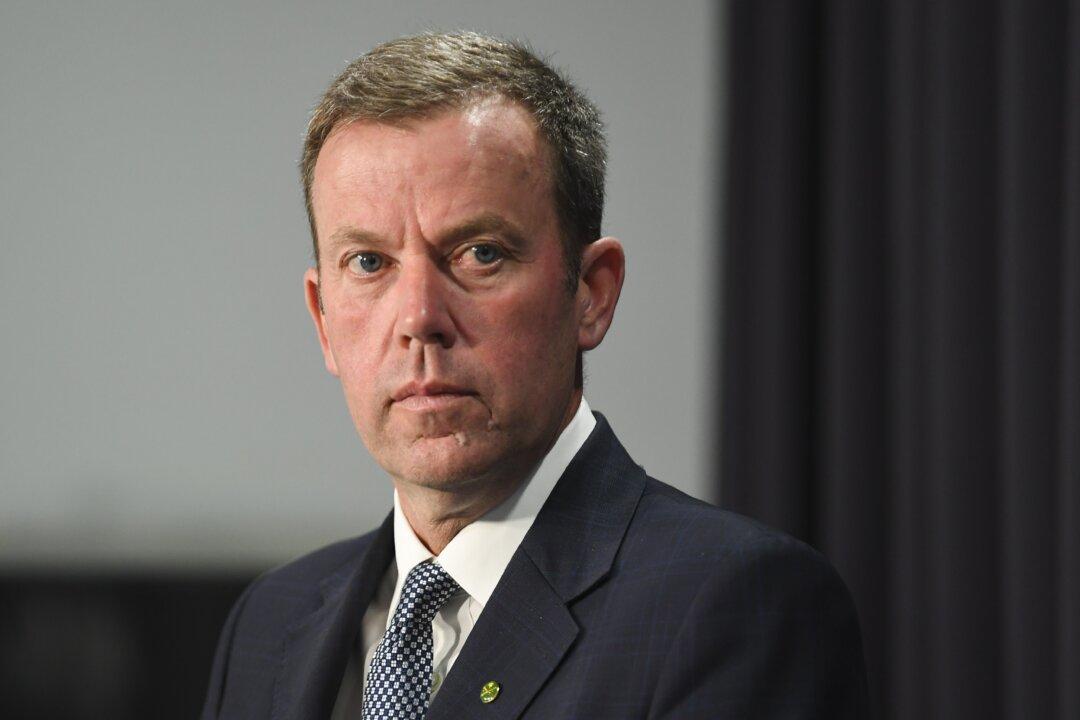Australian stargazers are in store for a week of extraordinary celestial events as the annual Geminid meteor shower starts Sunday night followed by the rare alignment of two giant gas planets.
The Geminid meteor shower is expected to be visible for a few hours from about 1-2 a.m. AET Monday morning, and is estimated to peak around 3 a.m.





